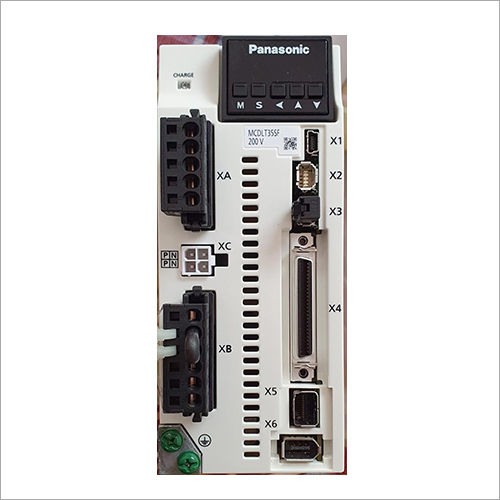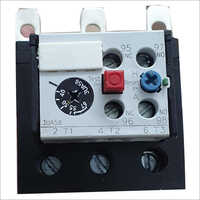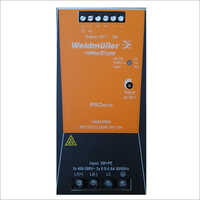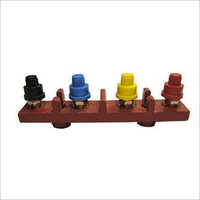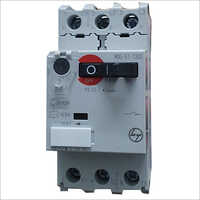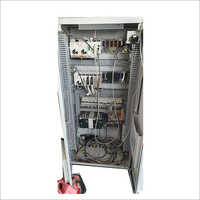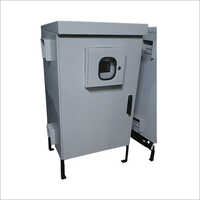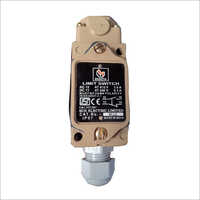Kolkata, India ![]() GST No.19BCBPR7038D1ZJ
GST No.19BCBPR7038D1ZJ
Call us now
08045802757Virtual Frequency Drive
60000 INR/Unit
Minimum Order Quantity : 20 Units
Delivery Time : 10 Days
Phase Single Phase
Output Type Multiple
Material Stainless Steel
Application Industrial
Supply Ability 5500 Per Month
Payment Terms Cash Advance (CA)
Main Domestic Market All India
About this product
An electronic device known as a variable frequency drive (VFD) is used to regulate the frequency and voltage of an electric motor in order to manage its speed and torque. It is often referred to as an inverter drive or an adjustable speed drive (ASD). A VFD's main job is to change an electric motor's speed to meet the demands of a specific application, which reduces energy use and enhances process control.
Here are a few of the main characteristics and capabilities of a variable frequency drive (VFD):
1. Speed Control: By altering the frequency and voltage provided to the motor, a VFD enables exact control of the motor speed. This gives the motor the flexibility and efficiency to run at different speeds as needed by the application.
2. Energy Savings: A VFD assists in obtaining significant energy savings by changing the motor speed to fit the load requirements. When the load demand is low, the motor runs at a lower speed, which reduces power consumption and boosts energy efficiency.
3. Soft Start and Stop: VFDs make it easier for motors to start and stop smoothly by removing the mechanical stress brought on by direct-on-line beginning. The motor's lifespan is increased and the equipment experiences less wear and tear thanks to the soft start and stop characteristics.
4. Motor Protection: VFDs include features for motor protection such as temperature protection, overload protection, phase loss prevention, overvoltage and undervoltage protection. These protections increase overall system reliability by preventing motor damage brought on by unusual operating situations.
5. Control choices: VFDs offer a variety of control choices, including programmable logic controller (PLC) integration, local control via an integrated interface, and remote control via external devices. Depending on the needs of the application, they can be run in either open-loop or closed-loop control modes.
6. Harmonic Mitigation: Due to their switching nature, VFDs cause harmonics in the power system. In order to reduce harmonics and guarantee compliance with power quality standards, advanced VFDs employ harmonic mitigation techniques as line reactors, harmonic filters, and active front-end setups.
7. Versatility in Application: VFDs are used in many different industries, including HVAC systems, water and wastewater treatment, manufacturing processes, conveyors, pumps, fans, and many more. They are employed in a variety of commercial and industrial contexts to enhance process effectiveness, optimise motor control, and lower energy usage.
Modern motor control systems are not complete without VFDs because they offer better motor protection, energy savings, and greater control. In order to assure compatibility with the motor and achieve the desired performance and energy economy, proper VFD selection, installation, and programming are crucial.
Explore Additional Categories
Contact Us
 Our Products
Our Products 